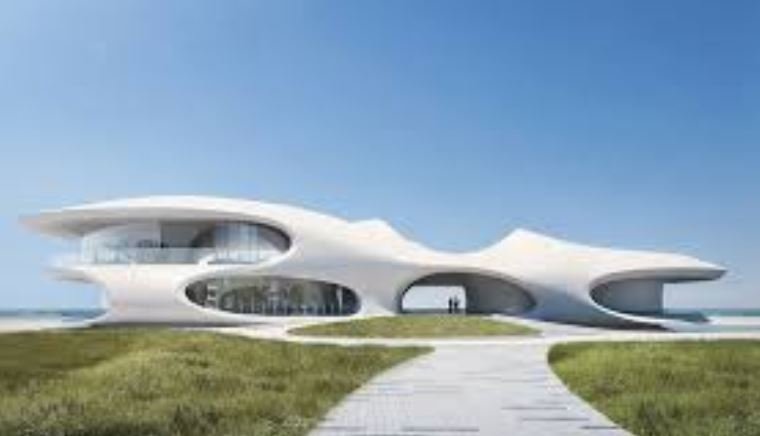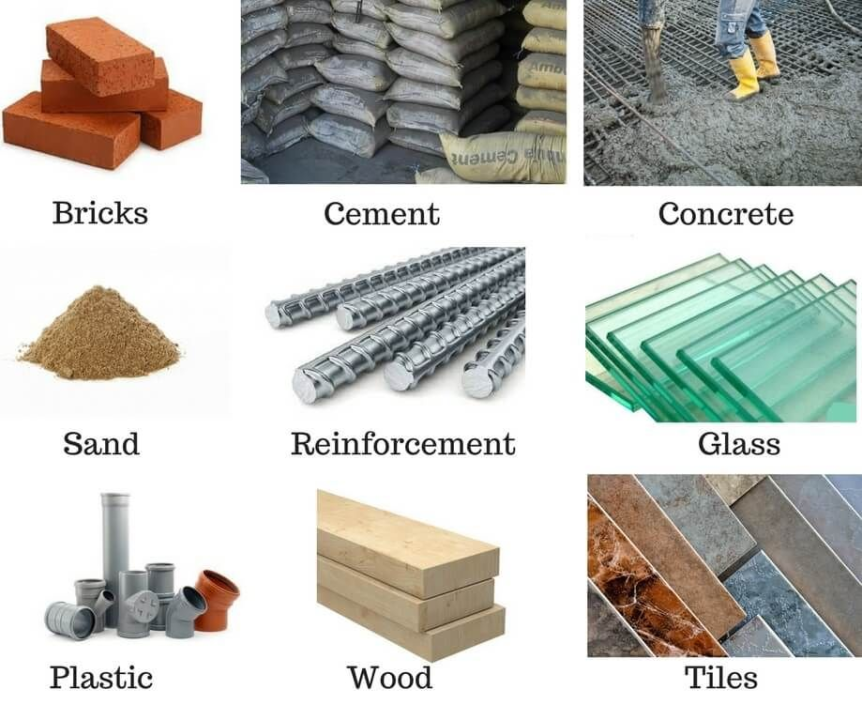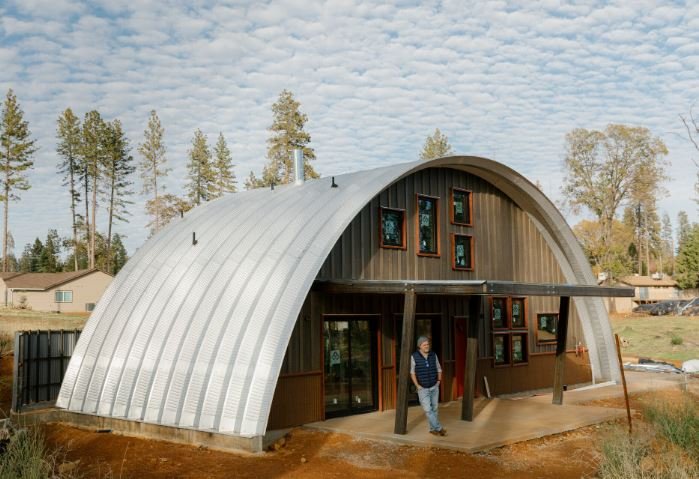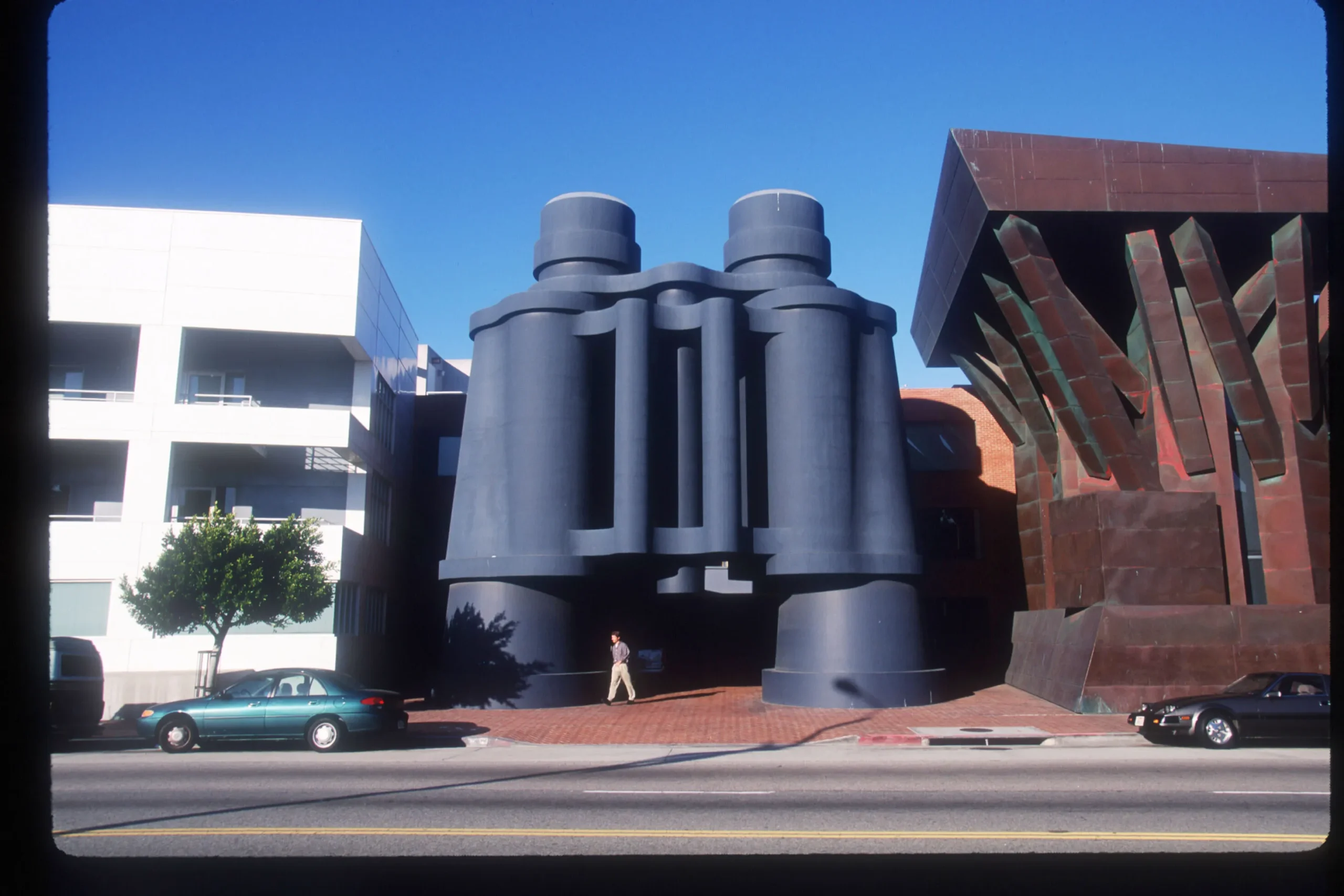Principles of Design: Balance, Proportion, Scale, Harmony, Rhythm
In the realm of design, whether in architecture, graphic design, or art, several fundamental principles govern how elements are arranged and interact to create visually appealing compositions. These principles—balance, proportion, scale, harmony, and rhythm—are essential for achieving cohesive and aesthetically pleasing designs. This article explores each principle in detail, highlighting their significance and application across










